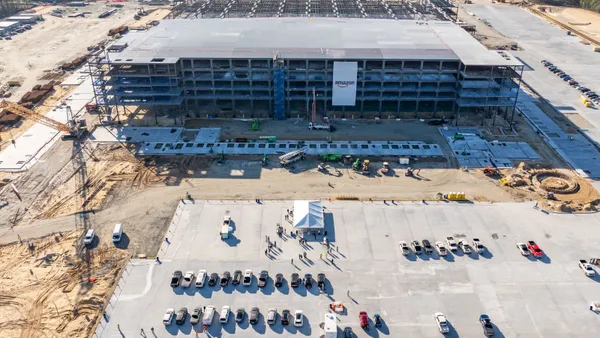Dive Brief:
- Harvard’s Wyss Institute and MIT’s Computer Science and Artificial Intelligence Laboratory (CSAIL) have found a way to forge robotic “muscles” able to hoist as much as 1,000 times their weight, Quartz reported.
- The muscles work via a vacuum system within an enclosed fabric or plastic skin, which expands or contracts based on the pressure exerted by either air or water — similar to the Japanese art of folding paper. They're also lightweight, and therefore comfortable to wear like exoskeletons on the human body.
- The new robot is inexpensive and quick to build as it needs only air or water to power the muscle function.
Dive Insight:
The role of robotics in manufacturing is evolving into one of support rather than autonomy.
Robotics is currently considered one of the most disruptive technologies within the supply chain. Some recent innovations fall into a similar wheelhouse as the new Harvard-MIT robot, such as the LocusBot, which aids workers by eliminating walking time in a distribution center or warehouse, or the exoskeleton robots currently aiding workers at two U.S. Ford plants.
Technology cuts a wide path in today's manufacturing world, inspiring fear of replacement in some workers but relief over the elimination of mundane tasks in others.
What's actually happening lies somewhere in the middle; workers remain vital for complex tasks or those involving quick judgment, yet robots decrease time spent in routine labor and help reduce stress injuries in those involved in assembly or other repetitive duties.
The addition of robots can sometimes spur more human employment as well, such as what happened with Amazon in Texas when an increase in mechanical assistants led to greater productivity and thus increased growth.
Of course, not all robots will be designed to work with people, and it's likely some will indeed replace jobs currently held by humans, but the harmony achieved by the combination seems to be working well on busy manufacturing floors.













